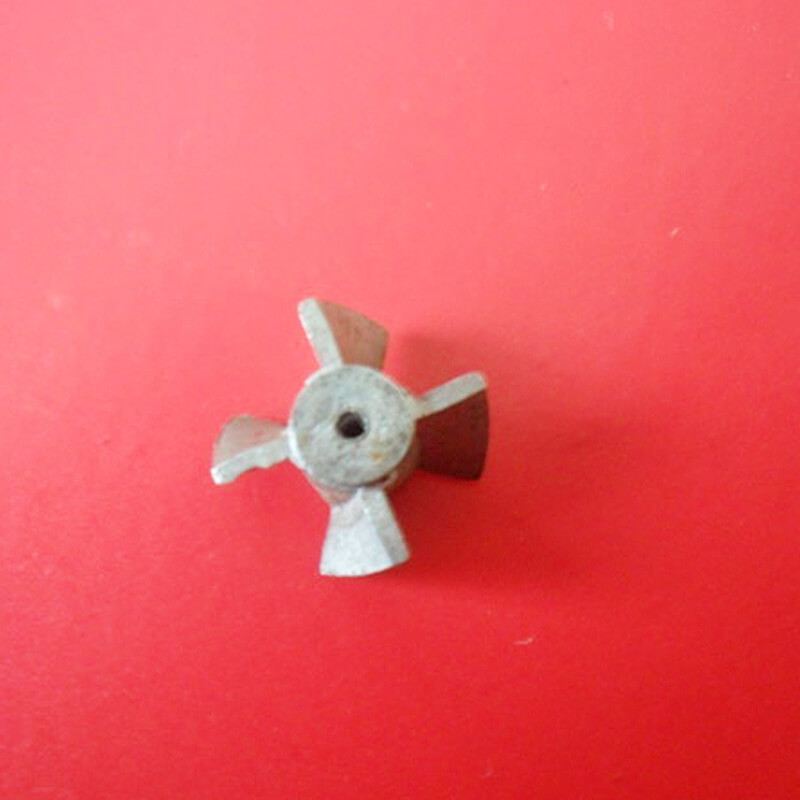The problem of cracks after powder metallurgy pressing has always been a headache in the powder metallurgy industry. It not only affects the mood of workers and production personnel, but also slightly negligence. Many parts after powder metallurgy pressing will have cracks. All of this goes directly to the next process where the customer is irresponsible, even shipment. So what are the factors that lead to the cracking of Bearing anti-friction parts series? The following is an introduction by Zhenglang Precision Editor:
At first, the adhesion between particles is mainly formed by plastic deformation and powder mass movement. Under ideal conditions, the densification process is bidirectional, symmetrical and synchronous, and there will be no edge displacement between particles. Positional movement prevents the formation of bonds between particles and may destroy bonds that have been formed in the early stages of formation.
In the green state of powder metallurgy, if the tension of the molded body is higher than the green strength of the molded body itself due to external or internal factors, cracks will occur.
For various reasons, metal powders use additives. For example, adding a suitable lubricant for mixing will increase compressibility and reduce release force. However, adding too much lubricant to the mixed iron powder will inhibit the formation of inter-particle adhesion and adhesion. Reagents, impurities and even residual air can have a negative impact on bond formation.
The particles will undergo irreversible plastic deformation. In addition, recoverable plastic deformation will occur. After the molding phase, the relevant pressure will be reduced and will drop to zero during the demolding process. The moment the molding pressure is released, the compressive stress is released. The green body of the molded body will suddenly change from the plastic to the elastic stage. If the internal stress is greater than the strength limit of the formed body, cracks will appear.

 English
English 简体中文
简体中文






